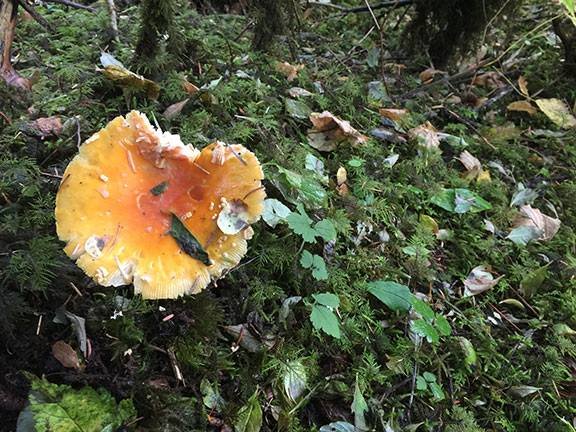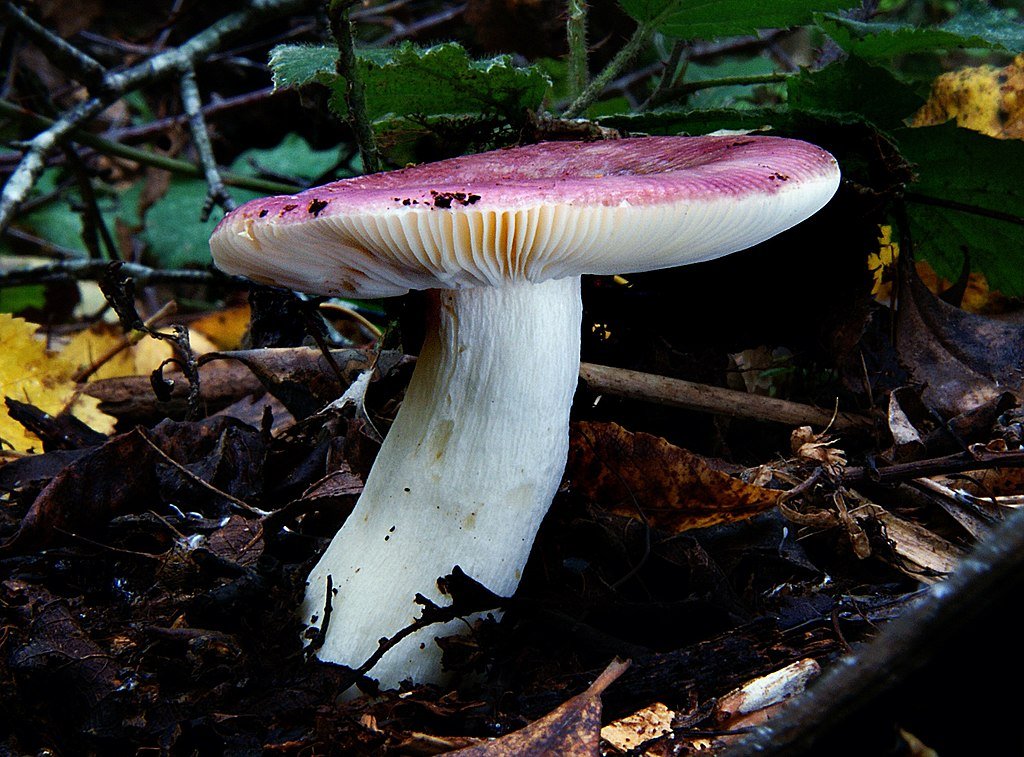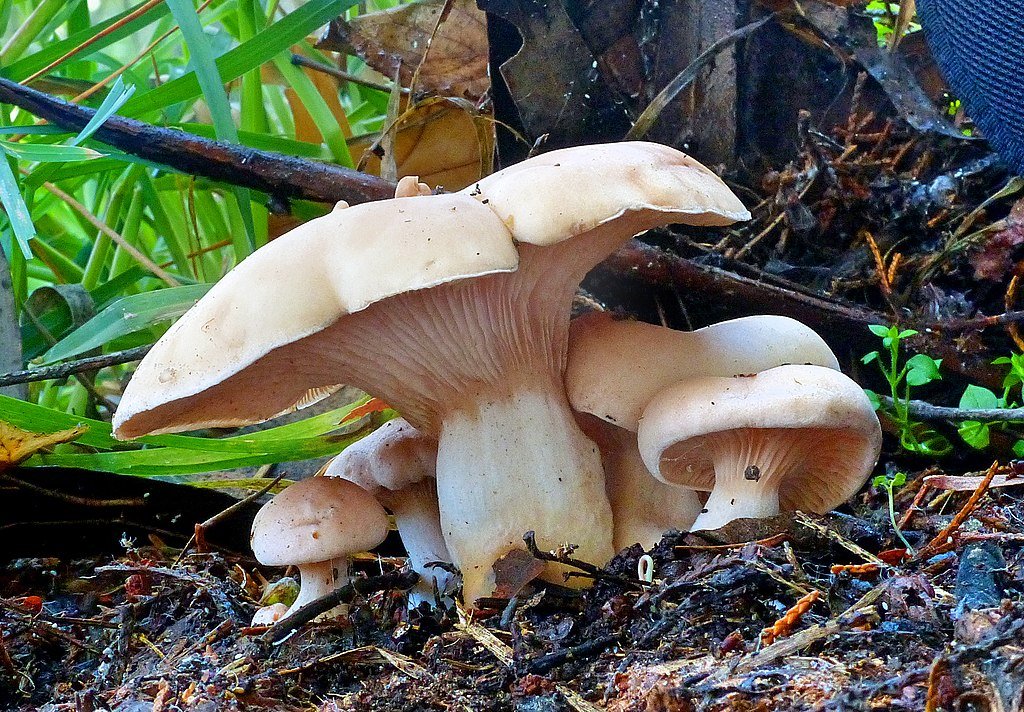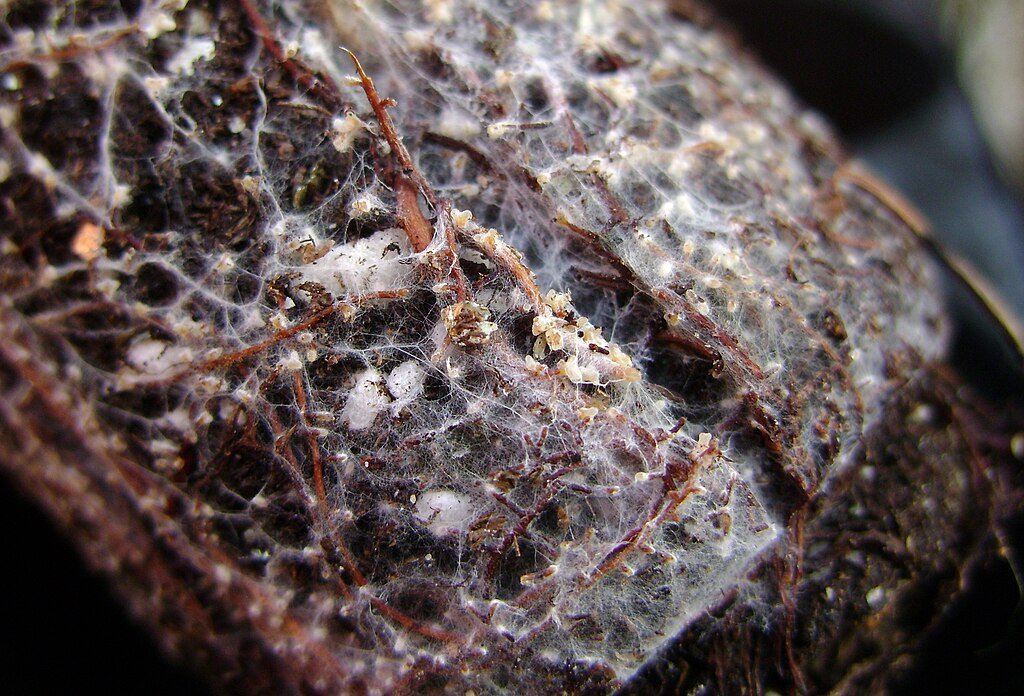Under every forest, grassland, and even some deserts sits a vast, linked web of life one that is still mostly unknown. Particularly mycorrhizal species, underground fungus create symbiotic interactions with plants that move nutrients, store carbon, and help ecosystems resist climate change. Scientists estimate, however, that up to 83% of these fungus remain unidentified and unrecorded, existing just as fragments of DNA in soil samples. Why is this relevant? These unseen creatures are essential for the climate system of Earth since they lock away billions of carbon yearly and their anonymity could impede worldwide efforts for conservation.
The “Dark Taxa” Mystery: Why Millions of Fungi Remain Undiscovered

Though scientists estimate 2 to 3 million fungal species exist, only roughly 155,000 have been formally identified. According to a recent study, most ectomycorrhizal fungus forming symbiotic relationships with trees are “dark taxa,” that is, they have no scientific name or official record. Environmental DNA (eDNA) sampling, a technique that pulls genetic material from soil and roots, is the only way these fungus are found.
Lead author of the study and microbial ecologist at ETH Zurich Laura van Galen says: “We cannot include unidentified species in conservation projects. How can you guard something not yet known by name?” Without Latin binomials, formal two-part names for species these fungi remain invisible to legislators and conservation strategies.
Fungi: The Unsung Heroes of Carbon Storage and Forest Health

More than simply coexist with plants, ectomycorrhizal fungi drive the health of whole ecosystems. About 25% of all plant species form symbiotic relationships with these fungi, which assist in nutrient absorption, drought resistance, even pollution breakdown. Most remarkably, they capture over nine billion tons of CO₂ annually equivalent to more than 25% of world fossil fuel consumption.
Still, fungal networks are hardly given any thought in climate policy given their significance. Underground fungi remain invisible and out of mind unlike trees, which are clearly visible and well-studied.
Tropical Hotspots: The Unexplored Frontiers of Fungal Diversity

While tropical areas where diversity is probably highest understudied, most fungal research has concentrated on temperate forests in the Global North. The new study notes as important hotspots for undiscovered ectomycorrhizal fungus Southeast Asia, Central and South America, and areas of Africa.
“Mid-latitude and southern-hemisphere regions show signs of being home for many unknown species,” van Galen notes. “More researchers in these fields would help to record them before they vanish.”
The Race to Name the Nameless: How Science Can Catch Up
Researchers suggest two solutions for the “dark taxa” issue:
- Specifically in neglected tropical areas, targeted fieldwork involves gathering and sequencing fresh fungal specimens.
- Many fungus sit silently in museum archives for decades without study. Sequencing these preserved samples will help scientists at last match them to unidentified DNA fragments.
“There are mushrooms sitting in collections for 50 years that could hold the key to identifying these dark taxa,” mycorrhizal ecologist Camille Truong of the Royal Botanic Gardens Victoria notes.
The Silent Extinction Crisis: Losing Fungi Before We Know Them

The stakes are significant. Many unidentified fungus are associated with threatened plant species; if these plants disappear, their fungal partners may also vanish and carry undiscovered ecological roles.
“We’re at risk here,” van Galen says. “We might also lose unknown vital fungal communities if we lose host plants.”
Protecting the Invisible Guardians of Our Planet

There are tools to find fungal diversity; what is lacking is worldwide acceptance and financing. Even if species remain nameless, conservation initiatives should now give soil biodiversity top priority.
“We need to pay more attention to fungi before we lose them,” van Galen says “They are the basis rather than only components of the ecosystem.”
One thing is clear as scientists rush to record these hidden networks: underfoot is a world of unrealized potential that might hold the key to forest resilience, carbon storage, and even the future of mankind. Will we find them in time, is the query.
Sources:

Suhail Ahmed is a passionate digital professional and nature enthusiast with over 8 years of experience in content strategy, SEO, web development, and digital operations. Alongside his freelance journey, Suhail actively contributes to nature and wildlife platforms like Discover Wildlife, where he channels his curiosity for the planet into engaging, educational storytelling.
With a strong background in managing digital ecosystems — from ecommerce stores and WordPress websites to social media and automation — Suhail merges technical precision with creative insight. His content reflects a rare balance: SEO-friendly yet deeply human, data-informed yet emotionally resonant.
Driven by a love for discovery and storytelling, Suhail believes in using digital platforms to amplify causes that matter — especially those protecting Earth’s biodiversity and inspiring sustainable living. Whether he’s managing online projects or crafting wildlife content, his goal remains the same: to inform, inspire, and leave a positive digital footprint.



